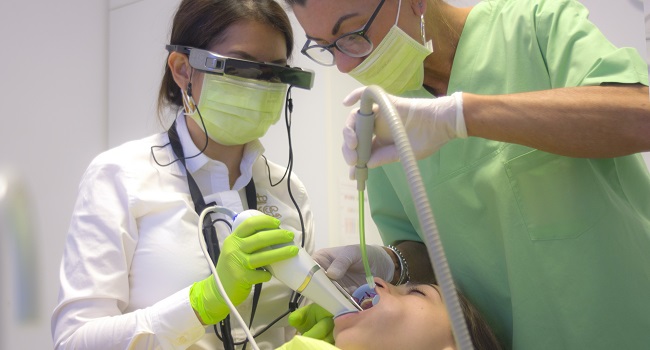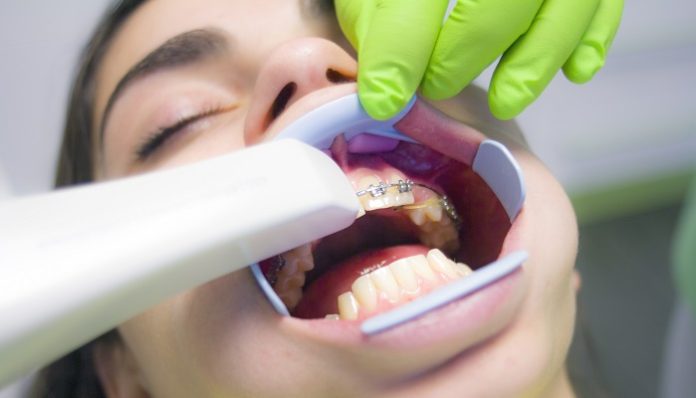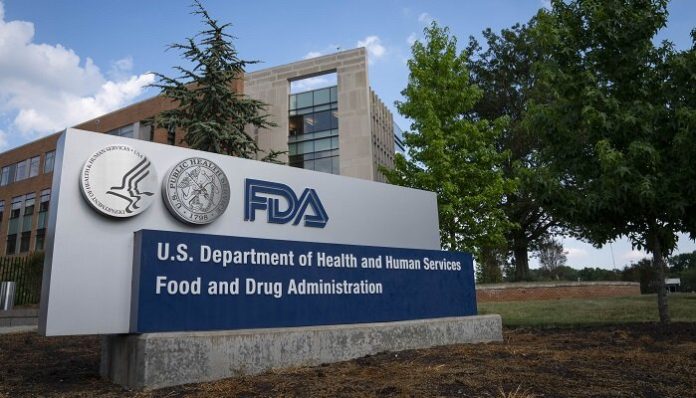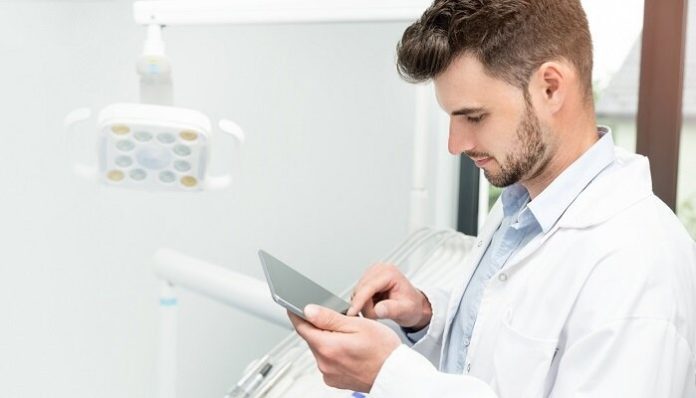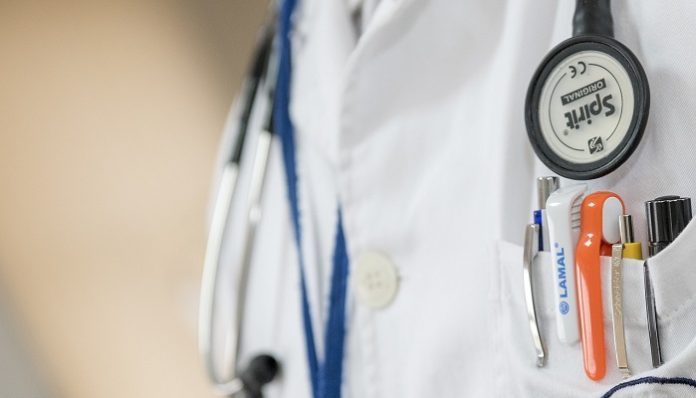Maintaining good oral health goes beyond a bright smile and fresh breath; it serves as a crucial indicator of one’s overall well-being. The connection between oral health and overall health is a topic gaining prominence in medical research. Understanding this intricate relationship is akin to unlocking a window that provides valuable insights into the early signs of chronic illnesses.
In this article, we explore the links between dental care, oral health, and the early detection of systemic diseases, shedding light on the significance of regular dental check-ups in preventing and identifying potential health issues.
The Connection Between Oral Health And Overall Health
Oral health is more than just a reflection of personal hygiene habits; it serves as a mirror reflecting the state of one’s overall health. Recent research has established a profound connection between oral health and overall health, highlighting the intricate interplay of various factors.
For instance, poor oral hygiene has been linked to an increased risk of cardiovascular diseases, diabetes, and respiratory issues. The mouth, often considered a gateway to the body, can harbor a plethora of bacteria and infections that, when left unattended, may find their way into the bloodstream, affecting various organs and systems.
In this web of connections, the link between periodontal disease and overall health becomes particularly noteworthy. Periodontal disease, a chronic inflammatory condition affecting the gums and supporting structures of the teeth, has been implicated in various systemic diseases. The inflammation associated with periodontal disease can contribute to the progression of conditions such as diabetes, rheumatoid arthritis, and cardiovascular diseases.
Regular dental check-ups not only help in maintaining a dazzling smile but also serve as a proactive measure in identifying potential health risks. Dentists, during routine examinations, can spot signs of systemic diseases that may manifest in the oral cavity. This early detection allows for timely intervention and management, preventing the escalation of health issues.
The Diabetes And Oral Health Link
One of the most well-documented connections between oral health and systemic diseases is the bidirectional relationship between diabetes and periodontal disease. Individuals with diabetes are more susceptible to periodontal issues, and conversely, untreated periodontal disease can exacerbate diabetes. The intricate dance between these two conditions underscores the importance of a holistic approach to healthcare that includes both dental and medical considerations.
Patients with diabetes often experience impaired immune function, making them more prone to infections, including those affecting the oral cavity. Moreover, the elevated blood sugar levels in diabetes create an environment conducive to bacterial growth, compounding the risk of periodontal disease. By addressing oral health issues in individuals with diabetes, healthcare providers can contribute significantly to the overall management of the condition.
Cardiovascular Health And Oral Hygiene
The cardiovascular system, too, is intricately linked to oral health. Studies have demonstrated a correlation between periodontal disease and an increased risk of cardiovascular events, including heart attacks and strokes. The exact mechanisms behind this association are complex, involving inflammation, bacterial dissemination, and shared risk factors. However, the overarching message is clear—taking care of your oral health is a proactive step in safeguarding your cardiovascular well-being.
The bacteria associated with periodontal disease can enter the bloodstream and contribute to the formation of arterial plaques, potentially leading to atherosclerosis. Moreover, the systemic inflammation triggered by periodontal disease can exacerbate existing cardiovascular conditions. Recognizing the interplay between oral health and cardiovascular health emphasizes the need for a comprehensive healthcare approach that considers the entire spectrum of bodily systems.
Respiratory Health: The Silent Link
In the connection between oral health and overall well-being, the respiratory system plays a vital yet often overlooked role. Poor oral hygiene, especially in the form of gum disease, can be a contributing factor to respiratory issues. The inhalation of oral bacteria into the lungs can lead to infections and complications, particularly in individuals with compromised respiratory function.
This connection becomes especially pertinent in vulnerable populations, such as the elderly or those with pre-existing respiratory conditions. By addressing and preventing oral health issues, healthcare providers can potentially mitigate the risk of respiratory infections, enhancing the overall quality of life for individuals susceptible to respiratory challenges.
Early Detection Through Routine Dental Check-Ups
The convergence of oral health and overall health underscores the pivotal role of routine dental check-ups in early disease detection. Dentists, equipped with their unique vantage point into the oral cavity, can identify subtle signs and symptoms that may indicate underlying systemic conditions. From the early stages of diabetes to the silent progression of cardiovascular disease, the oral cavity can serve as a diagnostic window, offering valuable insights into a patient’s overall health.
Routine dental check-ups encompass more than just the inspection of teeth and gums. They involve a comprehensive assessment of the oral cavity, including the tongue, soft tissues, and the supportive structures of the teeth. Beyond the visible signs, dentists are trained to recognize subtle changes that may be indicative of broader health issues. This proactive approach to healthcare positions dental professionals as crucial allies in the early detection and prevention of chronic illnesses.
Challenges And Opportunities
Integrating oral health into the broader healthcare landscape, while promising, comes with its set of challenges and opportunities that demand attention.
Historical separation between dental and medical disciplines poses a primary challenge. Overcoming this necessitates a mindset shift and fostering interdisciplinary collaboration, recognizing the interconnectedness of these fields. Additionally, the financial aspect, with dental care often treated separately in insurance, requires policy changes for more cohesive and affordable patient care.
Amidst these challenges lie significant opportunities. Integrated healthcare models incorporating oral health screenings in routine medical check-ups can bridge disciplinary gaps. Educational initiatives raising awareness about the systemic impact of oral health can contribute to a cultural shift, encouraging proactive engagement with both dental and medical services. Technological advancements, such as electronic health records, offer seamless integration, enhancing communication between healthcare providers.
Conclusion
The link between oral health and overall health is not merely a theoretical construct but a tangible reality with far-reaching implications. Recognizing the significance of this connection emphasizes the need for an integrated approach to healthcare that bridges the gap between dental and medical care. Routine dental check-ups serve as a window through which healthcare providers can detect early signs of chronic illnesses, offering an opportunity for timely intervention and improved patient outcomes.
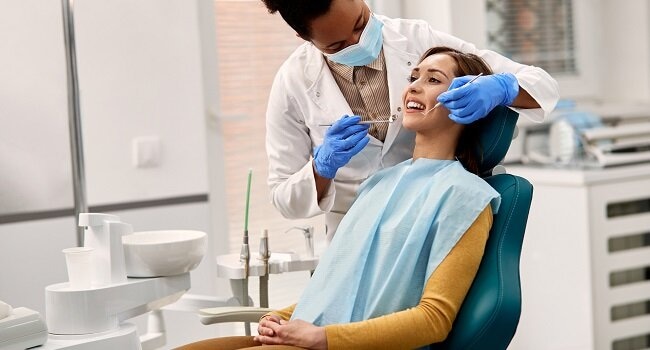
As we navigate the intricate landscape of healthcare, let us not underestimate the power of a healthy smile. Beyond aesthetics, oral health stands as a sentinel, providing valuable clues about the state of our overall well-being. Embracing this holistic perspective fosters a healthcare paradigm where collaboration between dental and medical professionals becomes essential in ensuring comprehensive and proactive patient care.
